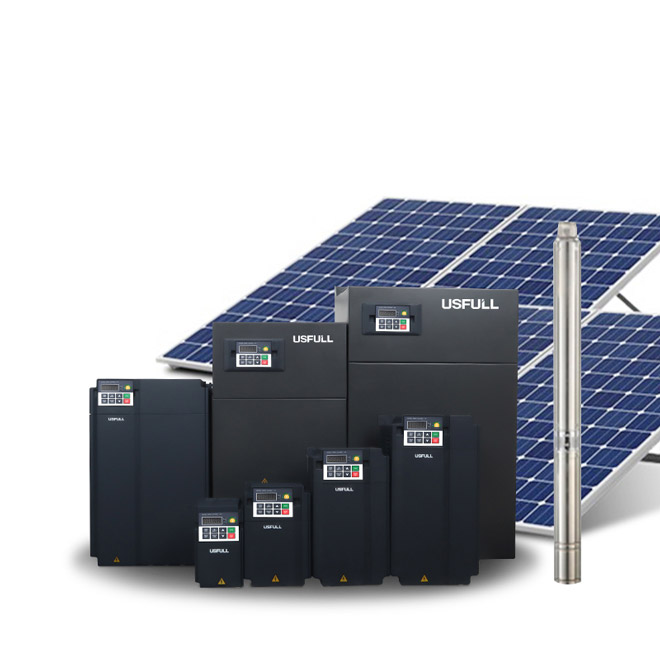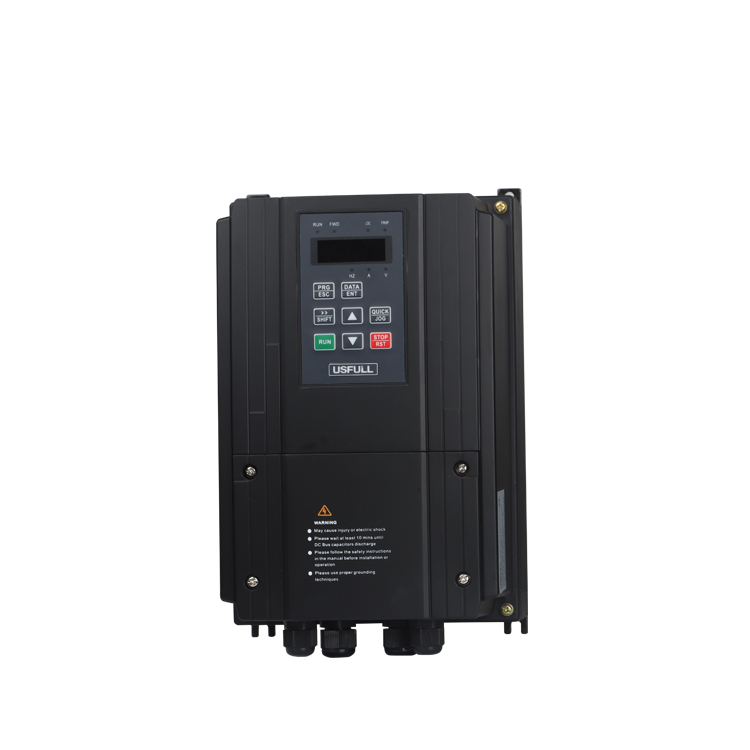Introduce
La llegada de la variador de frecuencia (VFD)también conocido como convertidor de frecuencia o variador de velocidad, ha supuesto cambios revolucionarios en la automatización industrial y la eficiencia energética de los motores. En la producción industrial moderna, los variadores de frecuencia son casi indispensables, y sus aplicaciones se han extendido incluso a la vida cotidiana: los ascensores y los aparatos de aire acondicionado de velocidad variable son ejemplos de ello. Sin embargo, a pesar de estas ventajas, los variadores de frecuencia han introducido nuevos retos, siendo uno de los más destacados su potencial para dañar los motores.
Esto plantea una cuestión crucial: ¿son los convertidores de frecuencia variable la razón por la que los motores se averían rápidamente? Aunque esta cuestión ha ganado atención, los mecanismos que causan tales averías siguen sin estar claros para muchos. El propósito de este artículo es explorar estos mecanismos y sugerir medidas preventivas.
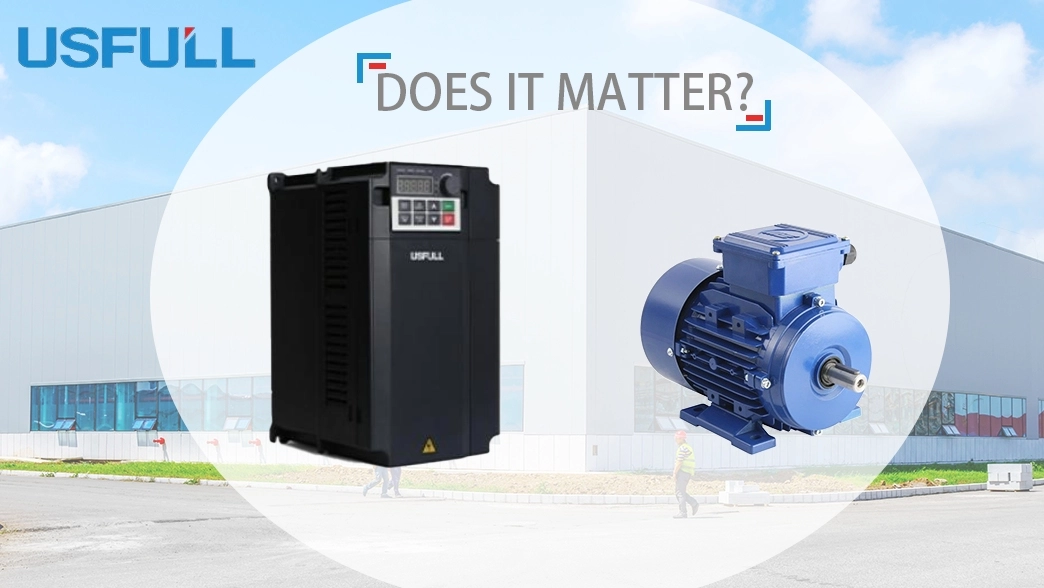
¿Cuáles son los daños del inversor en el motor?
Los daños causados por un variador de frecuencia a un motor pueden clasificarse en dos áreas principales: daños en los devanados del estator del motor y daños en los rodamientos del motor. Este tipo de daños puede producirse a lo largo de unas semanas o varios meses, en función de diversos factores como la marca del variador de frecuencia, la marca del motor, la potencia del motor, la frecuencia portadora, la longitud del cable entre el variador y el motor y la temperatura ambiente.
Los fallos inesperados de los motores no sólo conllevan elevados costes de reparación y sustitución, sino que también provocan importantes paradas de producción. Por tanto, cuando se utilizan variadores de frecuencia para accionar motores, es crucial ser consciente de los riesgos potenciales y tomar medidas preventivas.
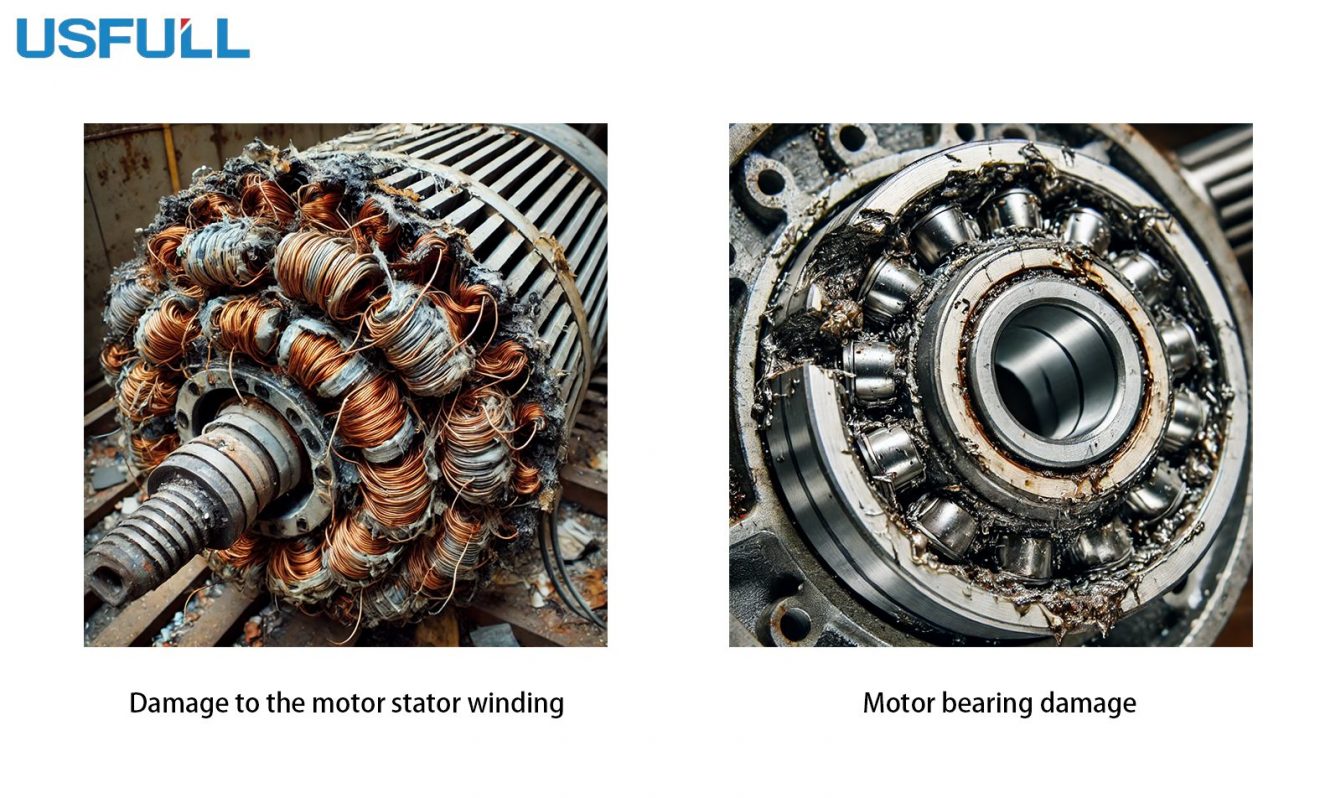
Mecanismo por el que el inversor daña el devanado del estator del motor
La causa principal de los daños en los motores accionados por un variador de frecuencia reside en la naturaleza de la forma de onda de tensión producida por el VFD. A diferencia de una onda sinusoidal pura, la salida de un variador de frecuencia es una tensión modulada por ancho de pulsos (PWM), que puede aumentar la tensión en los bobinados del motor. Cuando estos pulsos PWM viajan a través de los cables, si la impedancia del cable no coincide con la impedancia del motor, se producen reflexiones de tensión. Estas ondas reflejadas se combinan con las ondas entrantes, creando picos de tensión que pueden alcanzar dos veces la magnitud de la tensión del bus de CC, o hasta tres veces la tensión de entrada del variador.
Estos picos de alta tensión se aplican a los devanados del estator del motor, sometiéndolos a un estrés eléctrico significativo. La exposición repetida a estas condiciones de sobretensión acorta la vida útil del aislamiento de los devanados del motor, provocando su fallo prematuro. La vida útil de un motor accionado por un convertidor de frecuencia depende de varios factores, como la temperatura, la contaminación, las vibraciones, la tensión, la frecuencia portadora y la calidad del aislamiento. Aunque las frecuencias portadoras más elevadas pueden reducir la temperatura de funcionamiento del motor y prolongar la vida útil del aislamiento, también aumentan la frecuencia y el número de picos de tensión, lo que somete al motor a mayores esfuerzos.
Influencia de la frecuencia portadora en el aislamiento
La temperatura es un factor crítico a la hora de determinar la vida útil del aislamiento de un motor. Cuanto mayor sea la temperatura, menor será la vida útil del aislamiento. Los motores accionados por variadores de frecuencia tienden a funcionar a temperaturas más elevadas debido a los componentes de alta frecuencia presentes en la tensión PWM. Como demuestran los estudios, la vida útil del motor puede reducirse en 50% cuando funciona a temperaturas superiores a 75°C. Este aumento de la temperatura, debido principalmente a la alta frecuencia de conmutación del variador de frecuencia, agrava la degradación del aislamiento, acelerando aún más el fallo del motor.
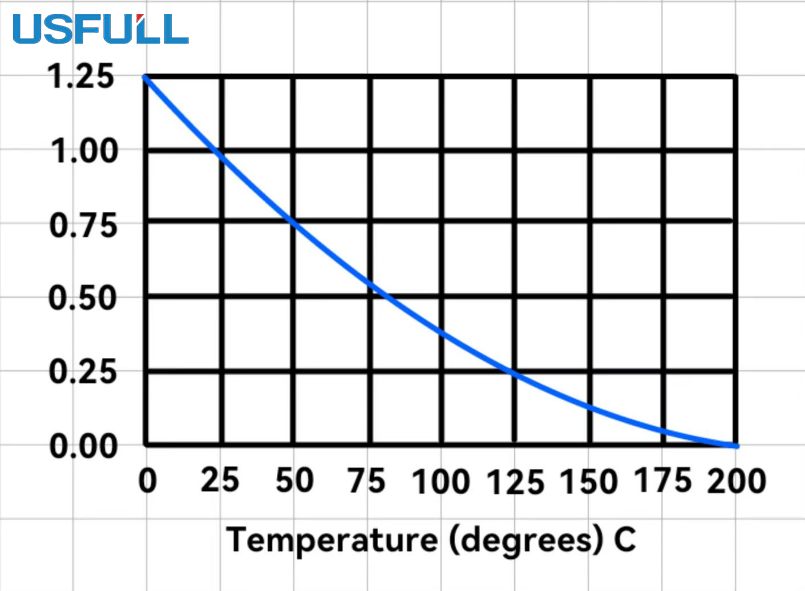
El mecanismo por el que el inversor daña los rodamientos del motor
Los convertidores de frecuencia variable también pueden dañar los cojinetes del motor, principalmente debido a las corrientes circulantes que fluyen a través de los cojinetes. Estas corrientes están causadas por dos factores: las tensiones inducidas debidas a desequilibrios en el campo electromagnético dentro del motor y las corrientes de alta frecuencia resultantes de la capacitancia parásita.
En un motor de CA ideal, cuando las corrientes trifásicas están equilibradas, no se induce tensión en el eje del motor. Sin embargo, la salida de tensión PWM de un convertidor de frecuencia distorsiona el campo magnético, provocando la aparición de tensión en el eje del motor. Si esta tensión en el eje supera la tensión de ruptura del lubricante del rodamiento, se establece una trayectoria de corriente que provoca la formación de arcos en los rodamientos. Esta descarga de arco quema las superficies de los rodamientos, creando picaduras y, finalmente, formando estrías que interrumpen el funcionamiento del motor.
La gravedad de los daños en los rodamientos depende de varios factores, como el tiempo de funcionamiento del motor y la temperatura. Inicialmente, la corriente puede ser demasiado pequeña para causar daños significativos, pero a medida que el motor funciona y el lubricante se calienta, los picos de corriente pueden aumentar, provocando fuertes arcos que aceleran el desgaste de los rodamientos.
Protección de los devanados del estator del motor
Para evitar daños en el motor debidos a los convertidores de frecuencia, pueden aplicarse varias medidas de protección:
- Instalación de reactores: La instalación de reactancias en la salida del inversor puede reducir los picos de tensión, pero puede ser menos eficaz en el caso de cables más largos.
- Uso de filtros dv/dt: Estos filtros son eficaces para longitudes de cable de hasta 300 metros y ofrecen mejor protección que las reactancias.
- Filtros sinusoidales: Estos filtros convierten la tensión PWM en una onda sinusoidal, eliminando por completo los picos de tensión y proporcionando una protección ideal para el motor.
- Absorbedores de picos de tensión: Instalados en los bornes del motor, estos dispositivos pueden absorber los picos de tensión perjudiciales, protegiendo tanto los bobinados del motor como los rodamientos.
En conclusión, la correcta selección e instalación de dispositivos de protección puede prolongar considerablemente la vida útil del motor cuando se utilizan convertidores de frecuencia variable.
Conclusión
Aunque los variadores de frecuencia han transformado el control y la eficiencia de los motores en aplicaciones industriales y cotidianas, también pueden ser la causa de averías prematuras de los motores. Los daños causados por los variadores de frecuencia incluyen la rotura del aislamiento del bobinado del estator y el fallo de los rodamientos, provocados por picos de tensión, aumento de la temperatura y corrientes circulantes. Si se conocen estos riesgos y se emplean las medidas de protección adecuadas, como el uso de motores con convertidor, reactancias o filtros, es posible mitigar el impacto negativo de los VFD y garantizar una mayor vida útil del motor.


